Moles are smallish, stocky creatures that live underground for the most of their lives. They have small eyes, a long, pink snout, silky black hair, and spade-like paws for tunnel-digging.
Although moles are classified as members of the mammalian group Eulipotyphla (formerly Insectivora), many people mistake them for rodents. In their natural environment, animals like moles hunt and consume various species such as grubs, beetles, and earthworms.
Moles may excavate a tunnel that is 160 feet long in a single night and dig continually in their quest for food. They are loners who only come into contact with other animals when it’s breeding season.
In the summer, females often give birth to a batch of five offspring.
The length of moles ranges from 4.4 to 6.25 inches, with the American species being slightly longer at 7 inches.
Because of their intricate tunnel networks, moles are sometimes seen as garden pests, although their aeration of the soil makes the soil better. Their tunnels lessen floods by preventing big pools from accumulating on the ground.
These creatures resemble moles in certain ways.
1. Common Vole
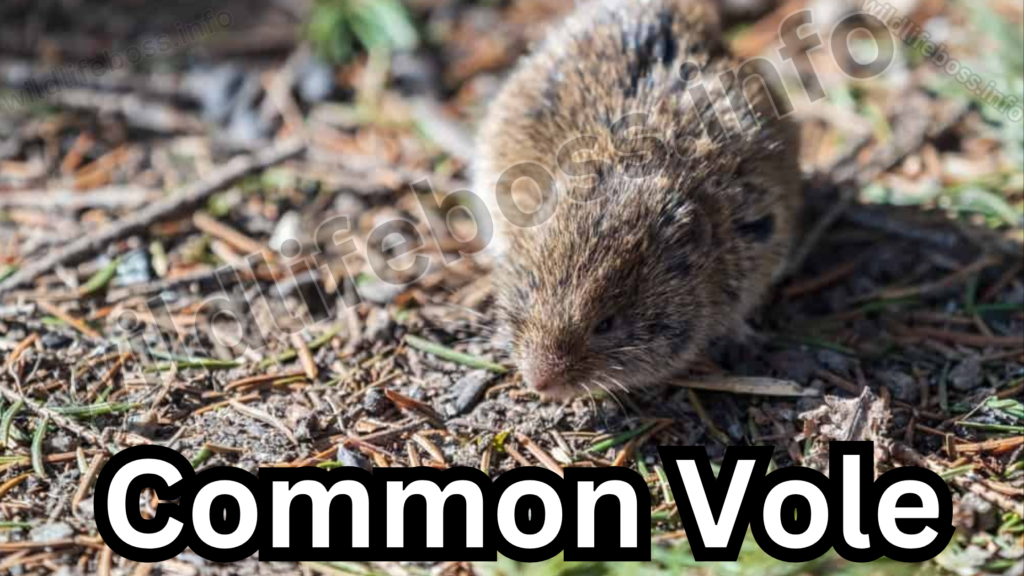
Scientific name: Microtus arvalis
Quick summary: A tiny rodent having the demeanor and look of a mole.
Small rodents called common voles may be found across Europe. Their little, stocky bodies that similar to the animals like moles, and the range length is around 4 to 6 inches.
Compared to moles, voles have more noticeable ears and noticeable orange teeth that they nibble on.
Moles and voles both spend a great deal of time underground in their tunnels and nests. They create subterranean lairs, 11 to 15 inches below the surface, in where they lay their eggs, store food, and rest.
Voles, as opposed to moles, like to eat vegetation, which includes plant stems, seeds, roots, and leaves. They will occasionally consume little insects or snails.
Voles will occasionally utilize tunnels that moles or other burrowing animals have already dug.
2. Common Shrew
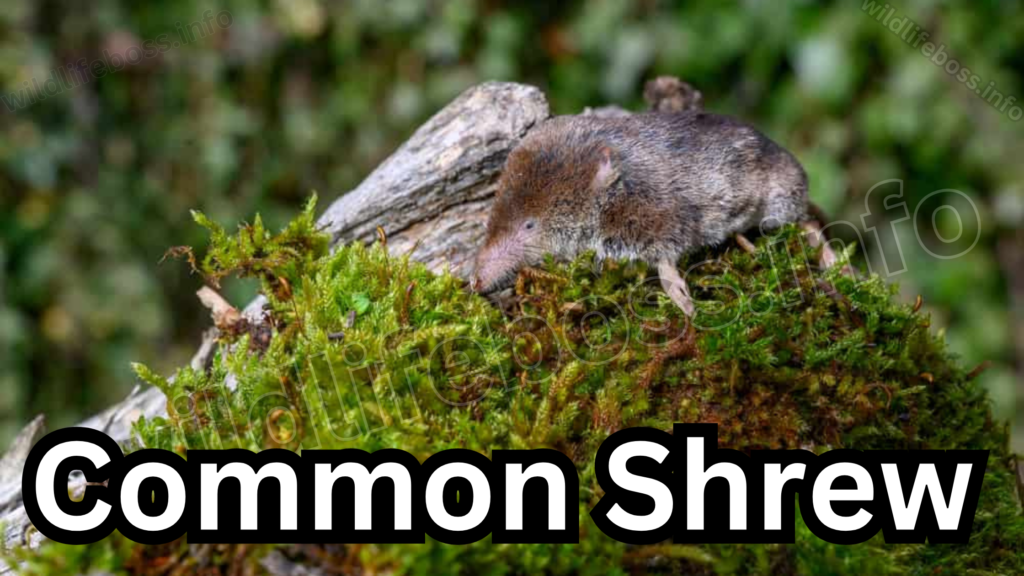
Scientific name: Sorex araneus
Quick summary: A tiny, close relative of moles.
Moles and shrews are members of the same order, Eulipotyphla, and shrews are little, fuzzy mammals. Similar to moles, their primary food sources are insects and invertebrates.
With their big noses that provide them an acute sense of smell, thick hair, and small eyes, shrews resemble moles.
Shrews are much smaller than the animals like moles, reaching approximately two and four inches in length.
These little creatures search for insects above ground, in contrast to voles. They do, however, occasionally go hunting in tunnels that moles or voles have previously dug.
Despite their adorable appearance, shrews are fiercely territorial and aggressive for their size. They frequently make high-pitched squeaks during fights in the summer.
3. Hedgehog
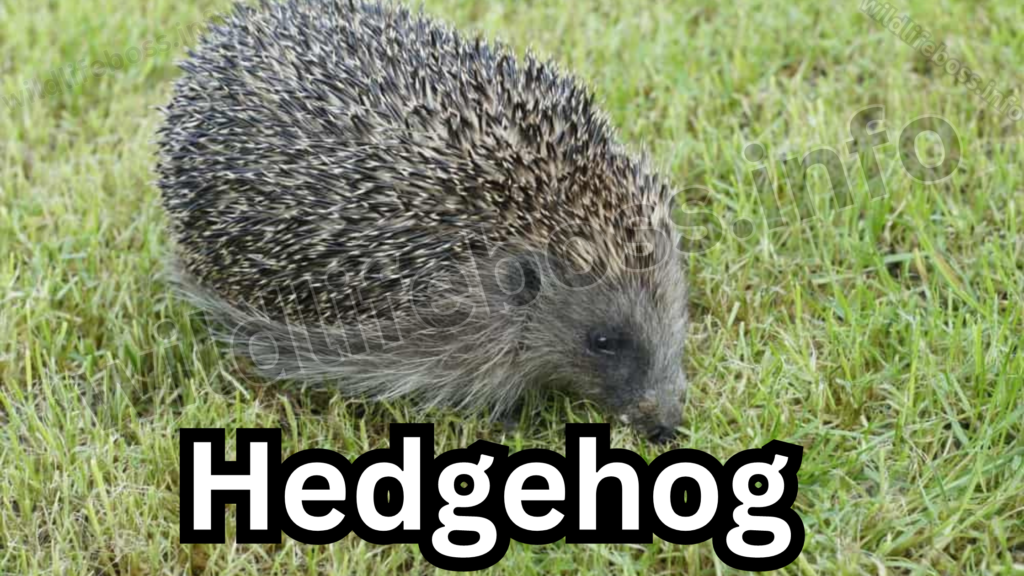
Scientific name: Erinaceinae
Quick summary: A spiky relative of moles.
Strong and short, hedgehogs have a dense layer of quills covering their backs. Although their dissimilar characteristics, Hedgehogs and moles are related.
Hedgehogs belong to the same order of mammals as moles—the Eulipotyphla. They consume slugs, beetles, worms, millipedes, and other invertebrates, much like moles do.
Hedgehogs may grow to be between 9.5 and 14 inches long, making them significantly bigger than moles. Like moles, they can locate their prey thanks to their large nose and keen sense of smell.
Hedgehogs naturally burrow, however most of them would rather construct a nest. They will also make use of animal and rabbit burrows.
4. Mole-like Rice Tenrec
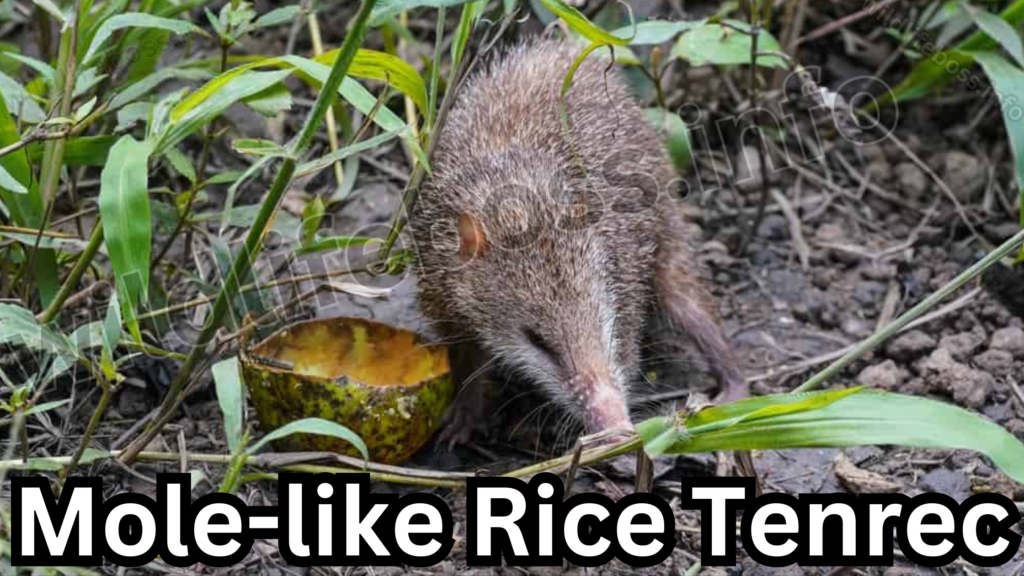
Scientific name: Oryzorictes hova
Quick summary: An mammal similar to a mole found exclusively in Madagascar
As its name implies, mole-like rice tenrecs have a very mole-like appearance. You can only find tenrecs on the island of Madagascar.
These little creatures resemble moles in that they have tiny ears, tiny eyes, and silky black hair. Their length ranges from 5.7 to 7.5 inches, making them comparable in size to moles.
Eating insects like worms, mole-like rice tenrecs follow a diet similar to that of moles.
These amazing creatures would much rather stay underground in their burrows, even if they do spend some time above ground. Fields of rice are another place to find them.
5. Badgers
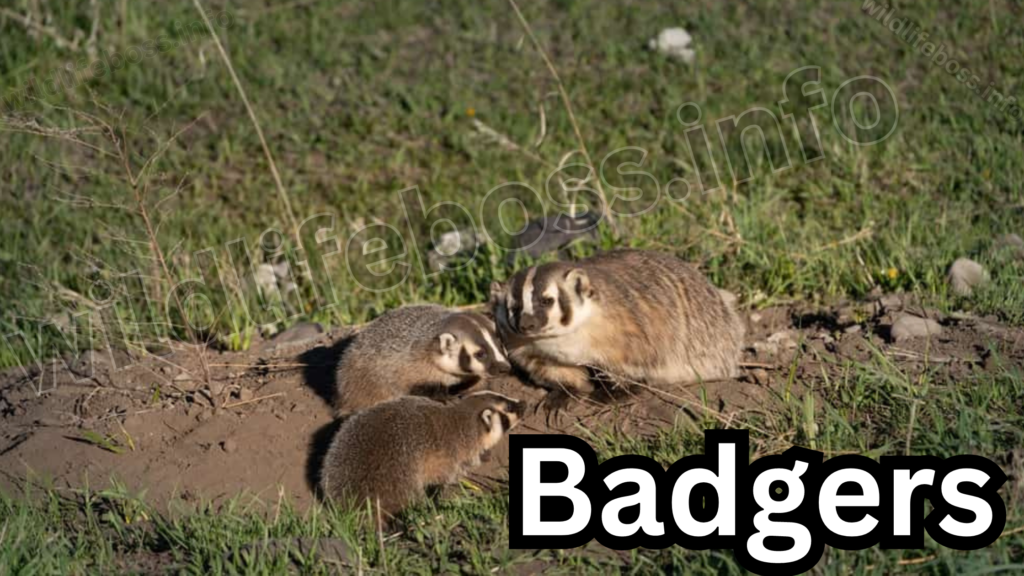
Scientific name: Meles meles
Quick summary: a huge, energetic digger belonging to the weasel family.
Animals with unique black-and-white striped fur, badgers are stocky and have short legs. They belong to the same family as wolverines, ferrets, and polecats—the weasel family.
Similar to moles, badgers have strong claws that they employ to excavate tunnels and setts below ground. Up to 70% of these amazing creatures’ lives are spent underground.
Badgers have a keen sense of smell, just like moles. An individual’s sense of smell is roughly 800 times weaker than a badger’s.
Many generations have used some badger setts that are over over 100 years old. Their underground tunnels may reach a depth of 30 meters.
6. Desman
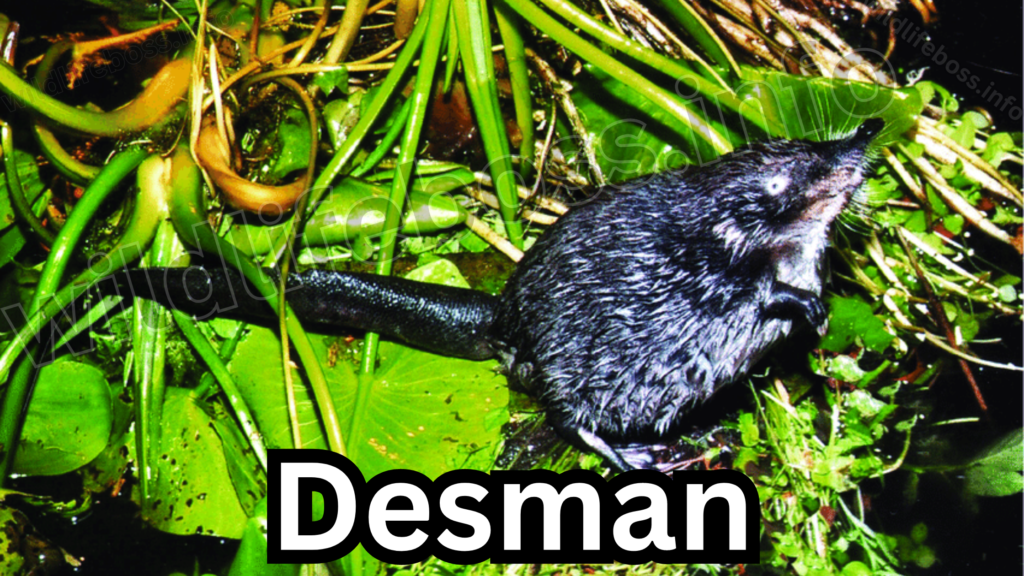
Scientific name: Desmanini
Quick summary: Small semi-aquatic mammals with similarities to moles.
Within the order Eulipotyphla, desmans are tiny, semi-aquatic creatures that belong to the mole subfamily.
Although sharing a family tree with moles, they search for their prey underwater rather than underground.
Animals Like moles, they have tiny eyes and no outside ears. They have webbed hind feet, in contrast to moles, and their claws are long, pointed, and curved.
The thick, silky fur of desmans is water-repellent.
These amazing creatures dig tunnels that start underwater and end above the water in a nest chamber.
7. Naked Mole Rat
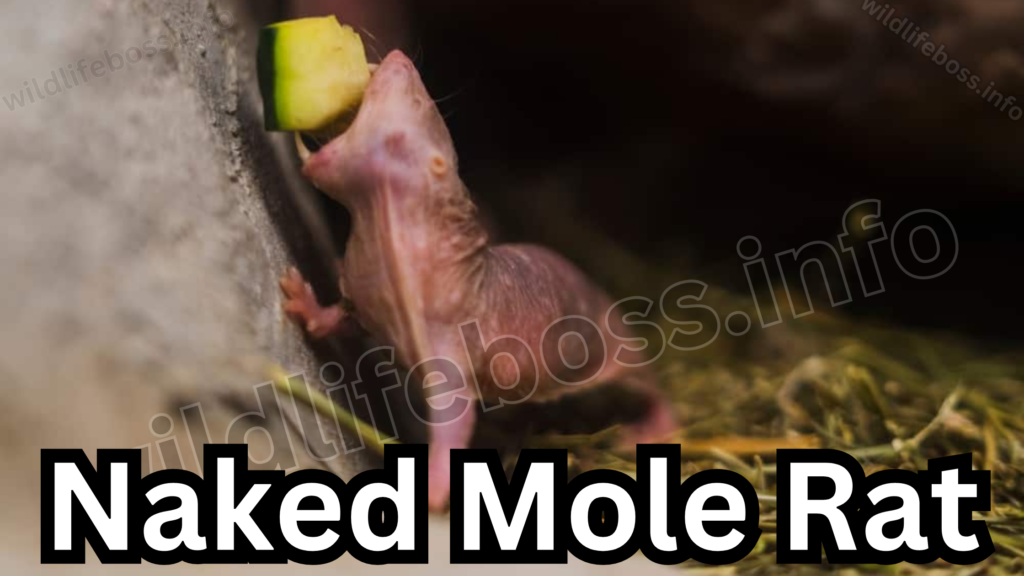
Scientific name: Heterocephalus glaber
Quick summary: A hairless rodent with similarities to moles.
Eastern African naked mole rats are peculiar-looking rodents with wrinkled pink skin. Like moles, they dwell underground in tunnels and burrows.
Typically, these amazing creatures have a length of 3 inches and a weight of 1-1.5 ounces.
They have small eyes and poor vision, just like moles. They can detect ground tremors and air current movement, and they have an excellent sense of smell.
Naked mole rats can only obtain food by burrowing because they are not able to move above ground.
The whole network of tunnels inside a colony may extend up to 2.5 kilometers, with tunnel depths reaching up to 2 meters. The longest-living rodents are naked mole rats, that have a 30-year lifetime.
8. Ground Squirrel
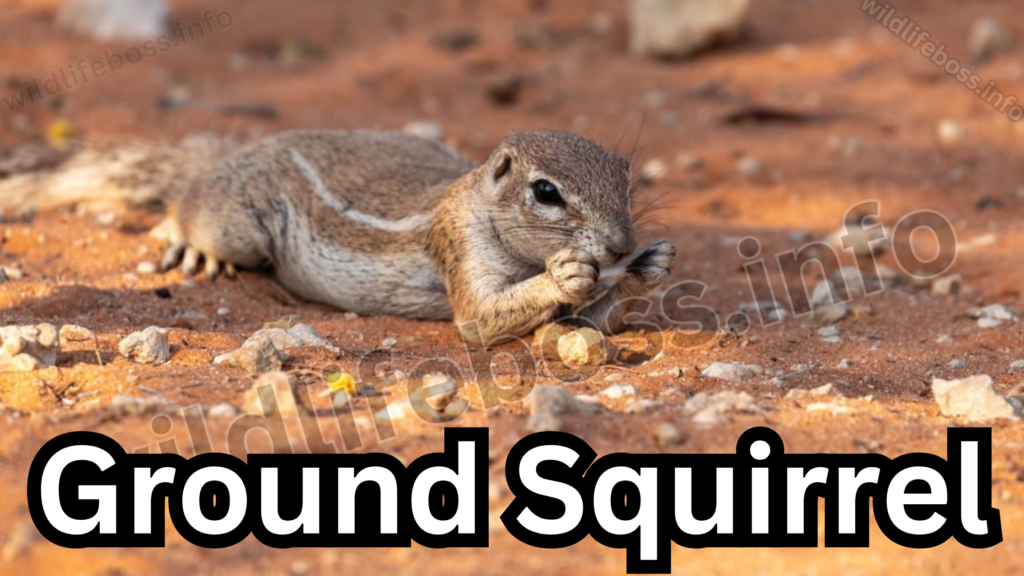
Scientific name: Geosciurus inauris
Quick summary: A small squirrel that loves burrowing.
A type of rodent that enjoys digging is the ground squirrel found in South Africa. They are excellent diggers and, like moles, construct their homes by excavating tunnels beneath the surface.
In their deep tunnels, ground squirrels sleep, store food, and nurture their young. The diameter of each burrow entrance is around 4 inches.
Insects and other tiny invertebrates are a common food item for ground squirrels and moles alike. But ground squirrels also consume a wide range of fruits, bushes, grasses, and herbs.
Sea also:10 Animals Like Skunks (With Pictures)
9. Solenodon
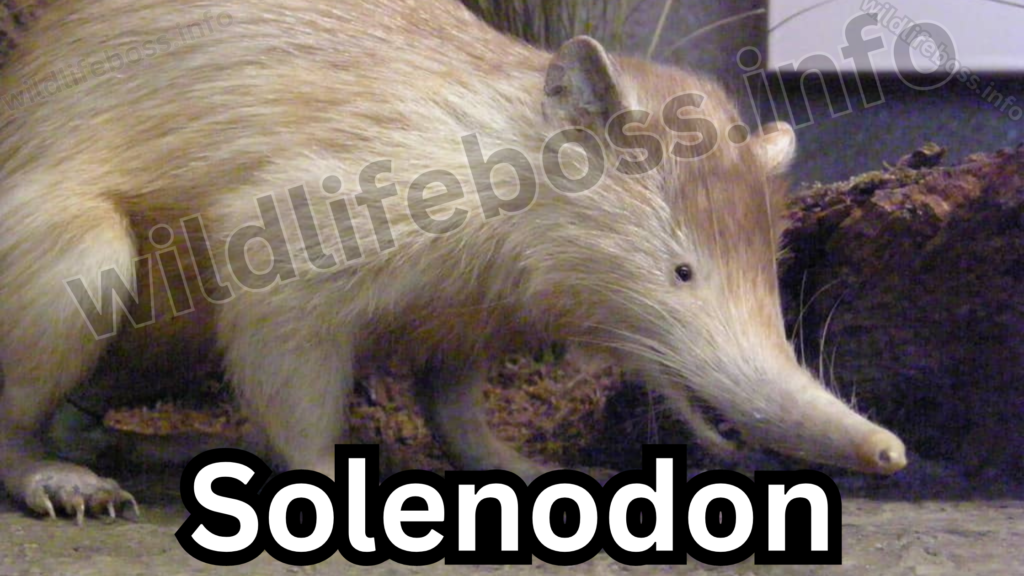
Scientific name: Solenodon paradoxus
Quick summary: a poisonous, burrowing mammal from the Caribbean.
Animals known as solanodons burrow complex networks of tunnels under the surface of the ground. They belong to the Eulipotyphla family and resemble hedgehogs, shrews, and moles most closely.
These curious creatures resemble big shrews more than moles with their black coats and tiny eyes. Their length ranges from 11 to 15 inches, which is rather huge.
The Caribbean is home to solenodon’s two recognized species. Cuban soil makes up one, whereas Hispaniola is home to the other.
Similar to the animals like moles, solenodons primarily consume insects and other invertebrates, though they can also consume small reptiles and mice.
When dinosaurs inhabited the planet 70 million years ago, soenodons separated from other mammals. There are very few poisonous animals, including these amazing species.
10. Moonrat

Scientific name: Echinosorex gymnura
Quick summary: a tiny, carnivorous mammal that similar with animals like moles.
No, the moonrat is not a rodent, despite its name. These strange creatures are related to moles, tenrecs, shrews, solenodons, and hedgehogs most closely.
Their bodies are 13 to 16 inches long, making them bigger than moles.
Similar to moles, moonrats mostly consume insects, earthworms, and other arthropods. On rare occasions, they will also eat fish, frogs, and fruit.
Moonrats inhabit the Malayan Peninsula as well as the islands of Borneo, Sumatra, and Labuan in South East Asia.
Moonrats spend time in their dens, which are burrows on the forest floor, just like moles do.
11. Water Vole
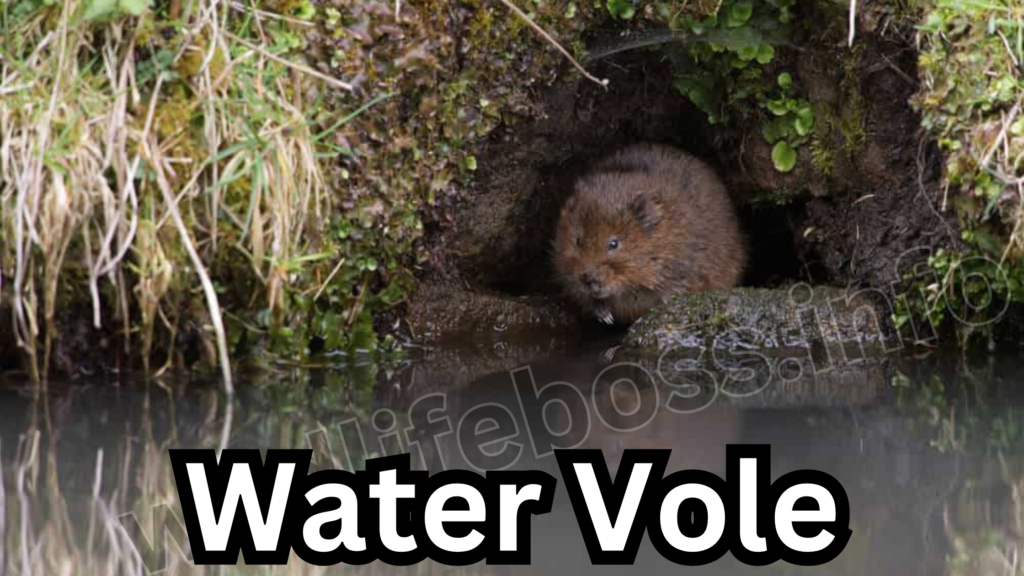
Scientific name: Arvicola amphibius
Quick summary: a mole-like rodent that lives in semi-aquatics.
Across Europe, water voles are semiaquatic rodents that live the banks of rivers and lakes.
With their small, rounded ears and dark brown to black hair, these cute creatures resemble to moles. They have similar with animals like moles in size, usually growing to a length of 5.5 to 8.7 inches.
Similar to moles, water voles make burrows near still, slowly flowing water.
The diets of water voles and moles are very different; the former eat primarily worms and insects, while the latter eat grass and other plants.
12. Southern Marsupial Mole
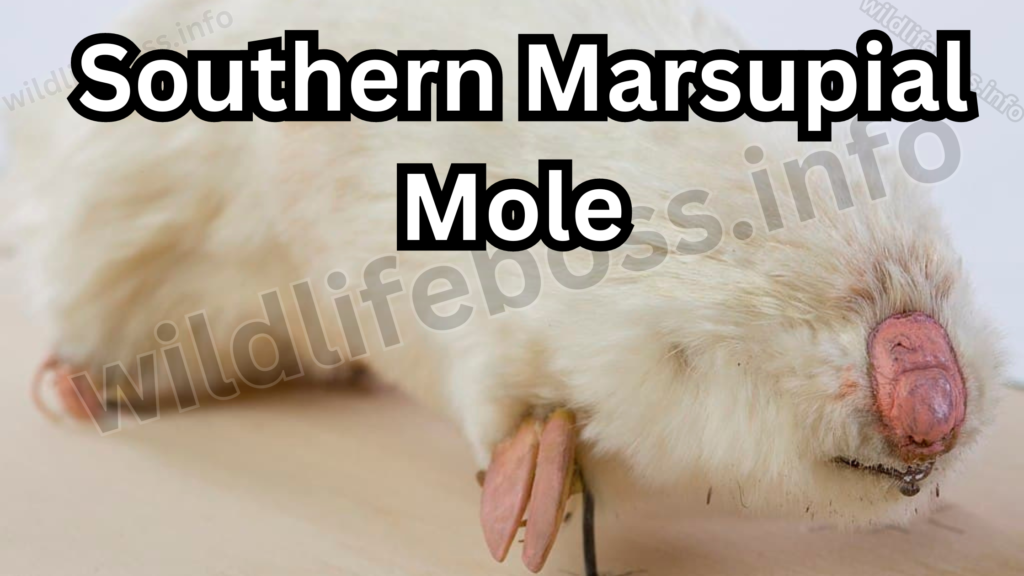
Scientific name: Notoryctes typhlops
Quick summary: A mole-like marsupial found in Australia.
A little animal found in Australia’s western central deserts is called the Southern Marsh Mole.
Animals like moles, Southern marsupial moles are specialized to digging. Their paws resemble shovels and they have silky hair. They also don’t have complete eyes because they spent much of their time beneath.
These interesting creatures consume earthworms and larvae, which is similar to what moles eat.
The moles belonging to the Eulipotyphla order are unrelated to marsupial moles, despite their name. Their separation from the marsupial phylogeny is estimated to have occurred around 64 million years ago.
These amazing creatures are among the rarest species discovered in Australia.
13. Eurasian Water Shrew
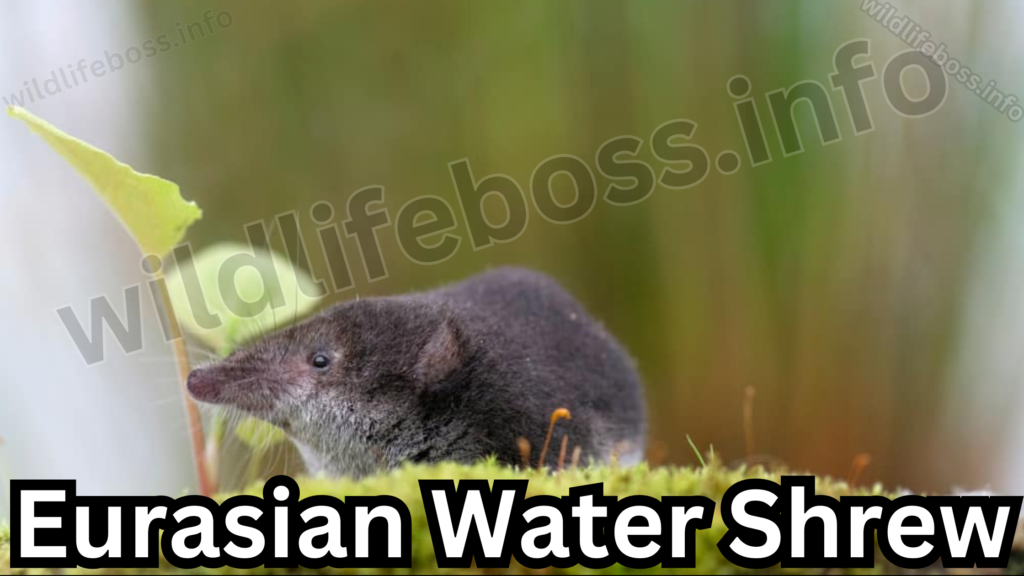
Scientific name: Neomys fodiens
Quick summary: An mammal resembling a mole that lives near riverbanks in China and Europe.
Due to their long, sharp claws and silky, black hair, Eurasian water shrews can easily be mistaken for moles. They are enormous for a shrew, measuring around 4 inches in length, and not much smaller than the animals like moles.
The webbed feet of Eurasian water shrews enable them to swim in rivers and streams.
These little creatures consume a lot of invertebrates, just like moles do. In order to capture caddisflies and mayfly larvae, they will also swim underwater.
Similar to moles, water shrews dig tiny tunnels, although they often reside on the banks of rivers or streams.
14. Myosorex (Forest Shrew)
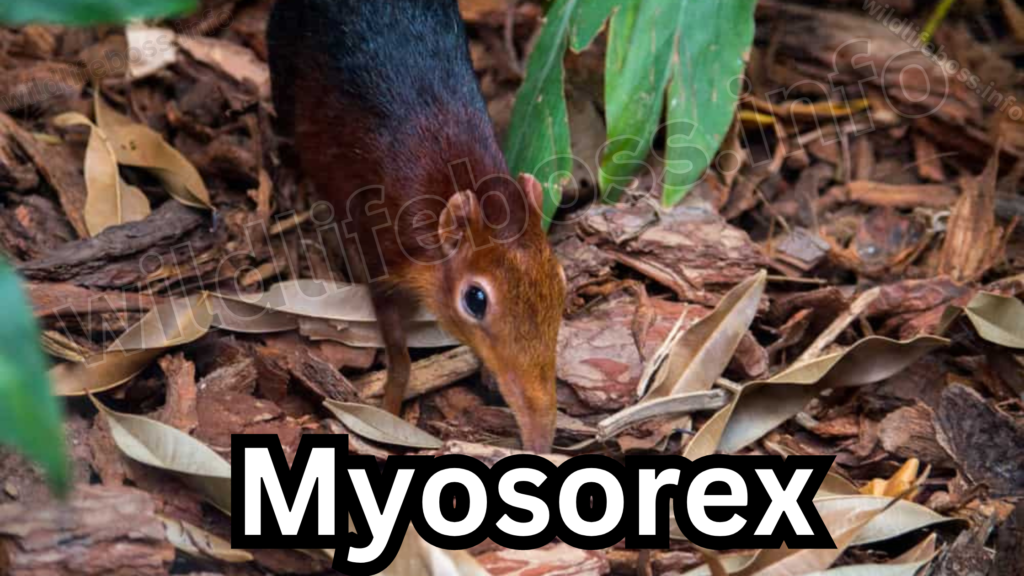
Scientific Name: Myosorex varius
Quick Summary: a skilled burrower belonging to the mouse shrew family.
The forest shrew is a member of the Soricidae family of mouse shrews and lives in Eswatini, Lesotho, and South Africa. This little mammal similar with the animals like moles in appearance, with sharp claws, small eyes, and black hair.
Similar to moles, forest shrews are excellent diggers. They construct elaborate tunnels with several openings.
The diets of forest shrews and moles are quite similar, consisting primarily on insects and tiny invertebrates including spiders, centipedes, and earthworms.
15. Prairie Vole
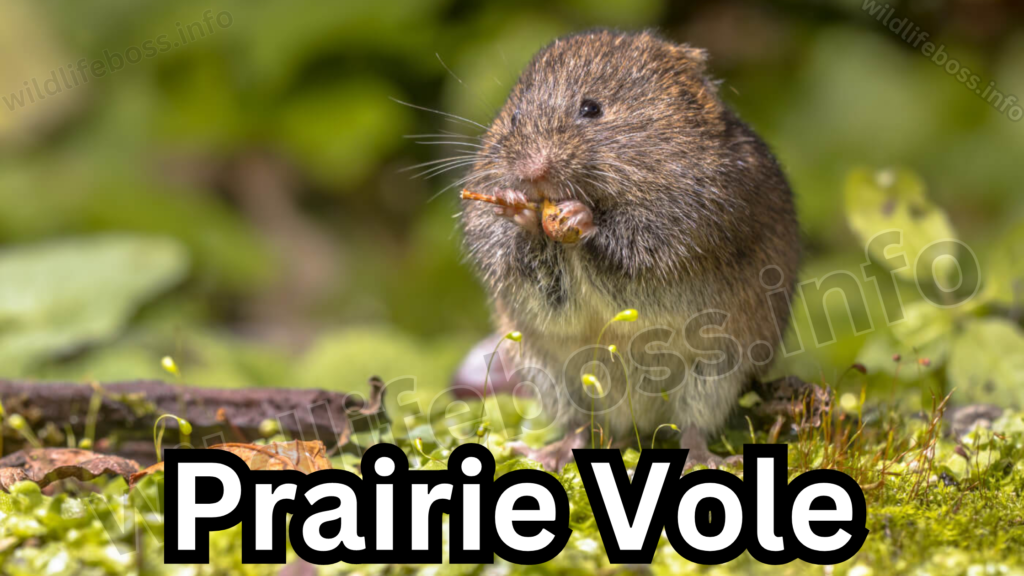
Scientific name: Microtus ochrogaster
Quick summary: A mammal found in North America that resembles with animals like moles.
Prairie voles are little rodents that resemble moles and are native to North America. They have small eyes and black hair.
They grow to be between 4.7 and 6.5 inches long, with a stocky, compact body that similar with animals like moles.
Prairie voles are excellent diggers and like moles, they reside in burrows where they feel protected from predators. They eat grasses, fruits, bark, roots, and occasionally insects; their diet differs from that of moles.
In addition to being far friendlier than moles, prairie voles frequently reside in colonies with other prairie voles.
16. Tundra Vole
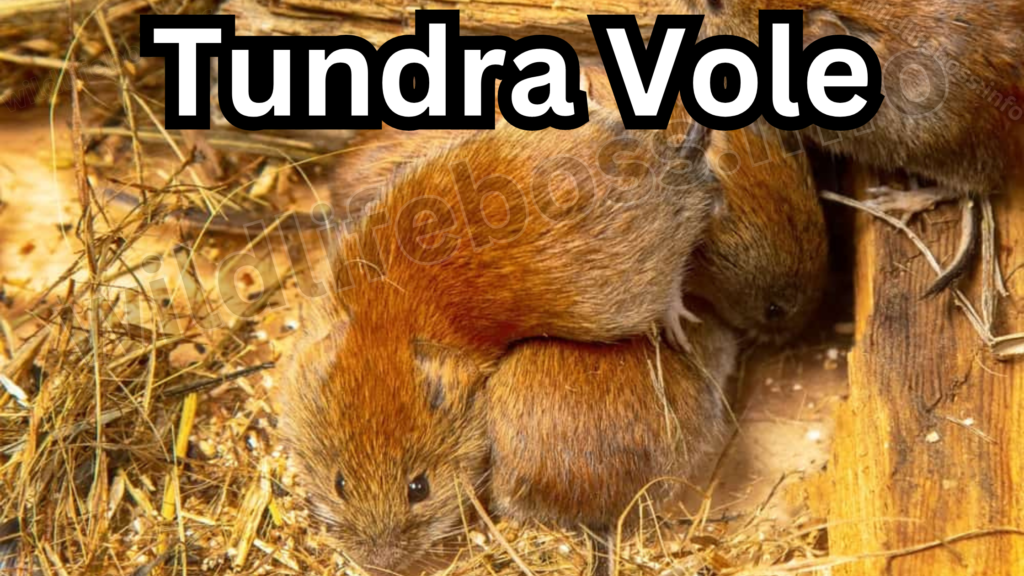
Scientific name: Microtus oeconomus
Quick summary: a little rodent with a mole-like appearance that is found in the Arctic tundra.
A little rodent found in the Arctic tundra of North America, Europe, and Asia is called the tundra vole. They are around 7.1 inches long, the same length as an adult mole.
Animals Like moles, tundra voles have tiny eyes and short ears, but they also have longer tails.
These little creatures seek for food underground and are expert diggers. Female tundra voles have their litters of young in burrows, just like moles do.
Tundra voles mostly consume plants, unlike moles, however they occasionally eat grubs or insects.
Conclusion
Animals like moles are classified as mammals in the Eulipotyphla order, despite looking more like rodents. Shrews and hedgehogs are among the other creatures in this order. These creatures eat insects and other tiny invertebrates and act a lot of those animals like moles.
Shrews and moles are similar in many ways, but moles are bigger. Moles seldom come out of their tunnels, thus humans are considerably more likely to observe shrews than the animals like moles.
A number of rodents, such as voles, ground squirrels, and the unique naked mole rat, resemble with animals like moles in appearance and also like digging tunnels.

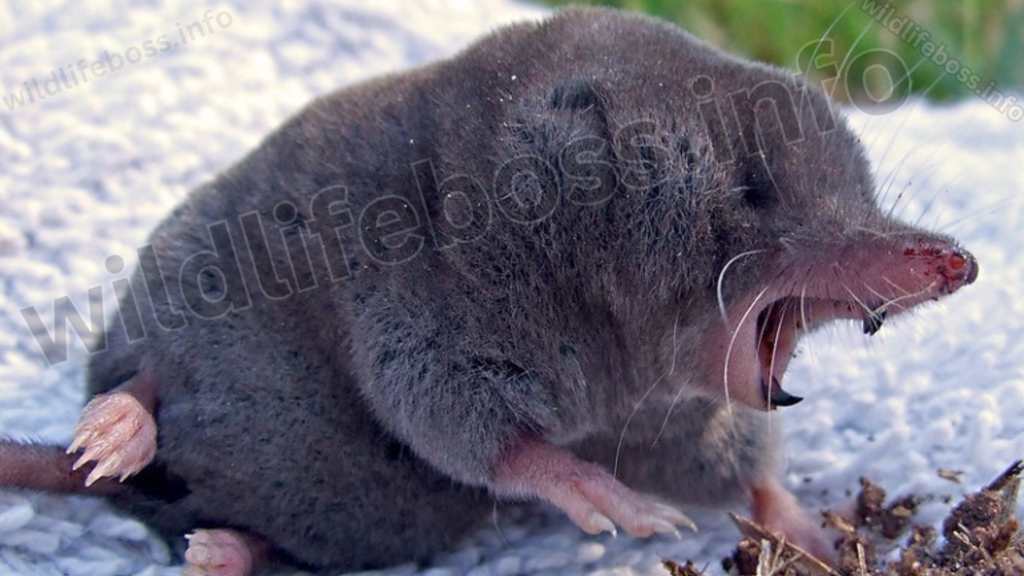
Pingback: 6 Best Animals Like Hedgehogs(With Photos) - Wildlifeboss.info